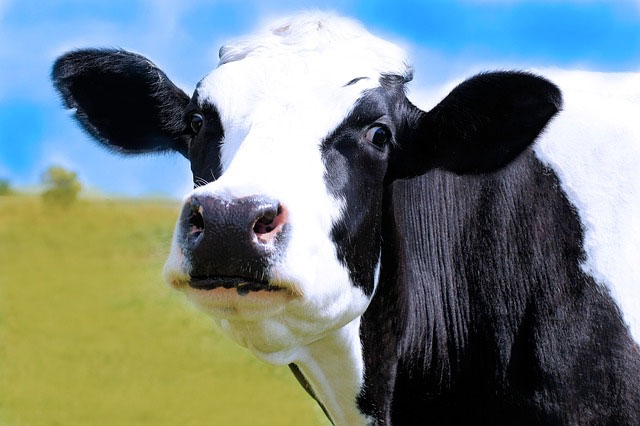The days of guess work in cattle breeding are gone
Mapping of the cow genome has provided scientists with information on the 3 billion base pairs on cattle DNA.
McClurg spoke to Alison Van Eenennaam, a UC Agriculture and Natural Resources Cooperative Extension specialist. Van Eenannaam is an animal geneticist based at UC Davis.
"We used to have somewhere roundabouts 25 million dairy cows in the United States, and we're down to nine million now,” says Van Eenennaam. "It [has] actually reduced the environmental footprint of a glass of milk by two-thirds relative to the 1950's."
Van Eenennaam is currently studying cattle genomics to understand the animals susceptibility to respiratory disease. Her research is funded by the USDA Agriculture and Food Research Initiative.
Read more about the benefits of genomics to the dairy industry and the environment in the UC Green Blog.


